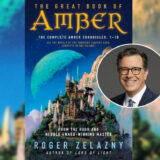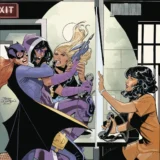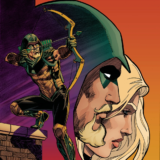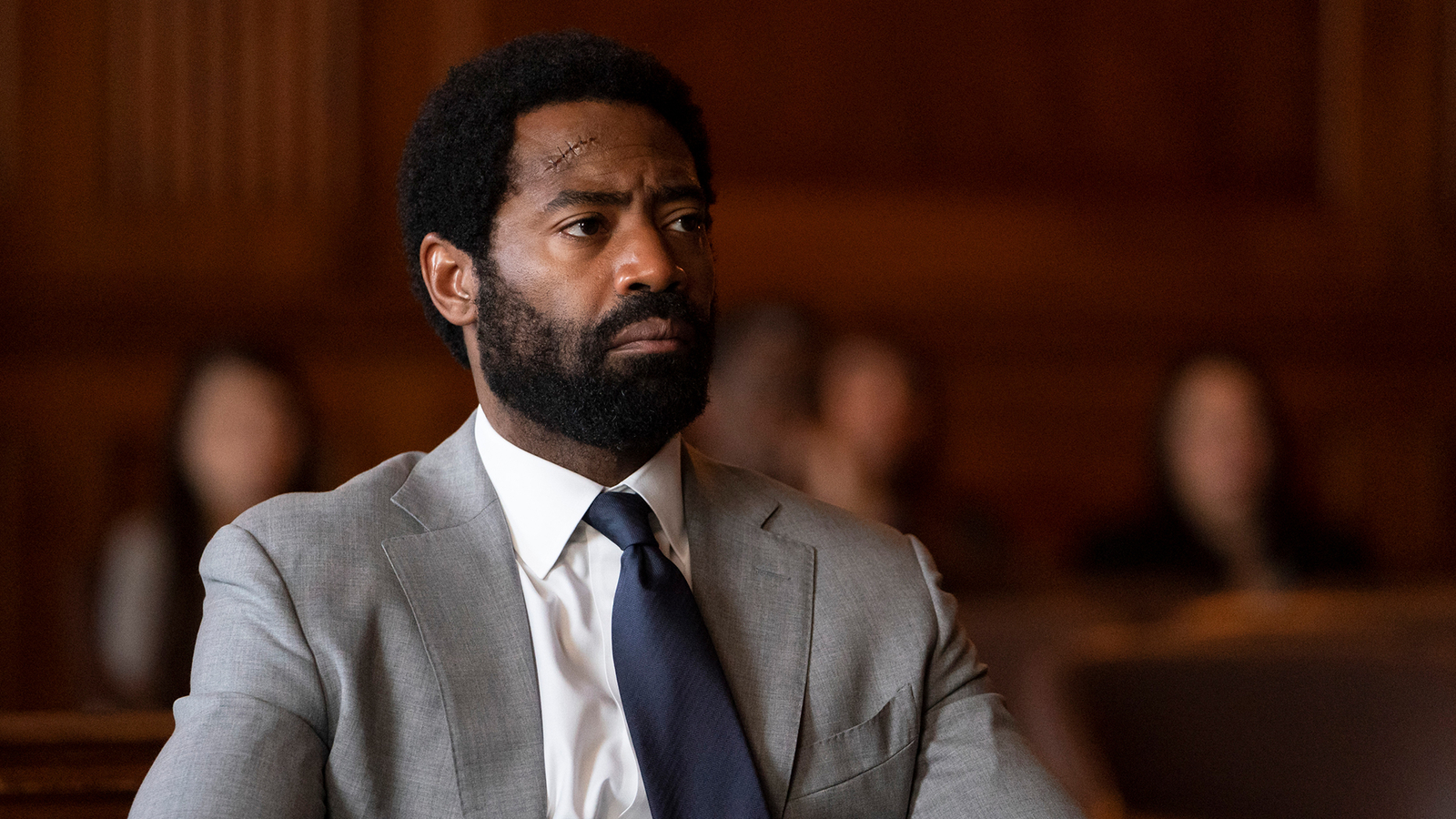Marc Alan Fishman: To Err Is Inhuman
TV has been so very good to us lately, has it not? Last week, I talked about Gotham. Making the rounds this week with the newly-coined label mid-season finale came both Marvel’s Agents of S.H.I.E.L.D and DC’s The Flash. And boy howdy, could two shows be any more different.
The dichotomous execution of these shows has offered the comic book geek in me a chance to have my cake with a slice of pie on the side. The Flash is proving how DC can unravel the entirety of its wonderful bench of compulsory concepts and characters to build a universe that celebrates the source material; and now makes it flesh. Agents of S.H.I.E.L.D. is happy to borrow only the table scraps of the 616 and spin a story that we couldn’t otherwise enjoy from Marvel Comics. Coulson and his cohorts are wholly a product of TV – built with respect to the medium in which they were born, but taking advantage of slow serialized arcs, and universe building by way of deep character work. In the macro, both shows are proving to the muggles that the best kept secret to first-class content has been comics all along.
Thus far this season The Flash has been an exercise in glorious gluttony. Where the House of Mouse is carefully crafting a cohesive communal cinematic universe, DC is running hard and fast in the other direction. In the front half of Flash’s second season we’ve seen a Man-Shark, a telepathic gorilla, the introduction of Earth-2, Jay Garrick, Zoom, Dr. Light, Vandal Savage, Hawkman and Hawkgirl – complete with comic-appropriate backstory, the introduction of Vibe, the return of the Weather Wizard (now with his magic wand!), the Trickster, a new Firestorm collaboration, and, of course, Wally West.
In the same amount of time, Agent Coulson got a black rubber hand and a D-Class Joe Maduereira Inhuman who doubles as Blair Underwood. I’m simplifying of course. And to be clear, I’m enjoying both shows, sometimes in spite of themselves. That being said, I have a few bones to pick with both programs.
Agents hasn’t fulfilled the destiny I’d hoped for it with the introduction of the Inhumans at the tail-end of last season. Where I was hoping to see an expansion to the use and usage of superpowers on an otherwise powerless show, we’re treated to only a few banal lightning bolts, melting metal, or CGI’d force waves. Oh, and the chairman from Iron Chef America can make guns float. At times, you can almost see the straining budget buckle – which is funny, given how profitable the entirety of the MCU has been for ABC, owned by Disney, who owns Marvel. But I digress. The Inhuman situation has been treated with kid gloves thus far in the second season. Whole swaths of them have been slaughtered off-screen to boot – which kills any chance for we the audience to feel anything about the quasi-genocide. And then there’s Hydra.
We all know the slogan – “Cut one head off, blah blah blah”. As we dove-tailed into this past week’s episode, all plots converged on a distant planet (see also: California dessert set #245 with a blue gel cap over the lens) where [SPOILER ALERT] an ancient Inhuman brain slug took over the newly deceased carcass of Ex-Agent Ward. We were supposed to feel things at that moment. Vindication for Phil Coulson who had lost so much. Regret over no longer having Ward to eat scenery up (and, according to my wife, be nice looking). And I guess fear over the Ward-zombie that will likely pick things up where we left off when we return from a 10 week jaunt with Agent Carter.
But, alas, I felt none of those things. Coulson’s budding romance with the head of the ATCU was far too short-lived to feel pangs when it ended. Andm come on, no one is really dead in comic book shows now, are they? I can already see Fitz and Simmons restoring an otherwise brainslug-less Ward back to semi-conscience by season’s end. Unless the slug is in fact Mr. Mind, and Marvel and DC are pulling a fast one over on us.
Over in Central City (or is it Keystone? Crap on a cracker I can’t recall), The Flash can’t stand still long enough to take a breath. As I’d detailed above, in half of a season it feels like 80% of the Flash portion of the DC Encyclopedia has been covered – but only in the faintest of ways. The biggest drawback with so many new concepts being tossed out is the inability to savor any of them longer than they appear on screen. And to be clear: They’ve all been on screen exactly long enough to say their names, show off their CGI, be defeated or recruited, and then walk off screen until they’re needed again.
Take the Hawkpeople. In the two episodes they appeared, they were introduced, given their lengthy back-story, and involved in a side-story revolving around Hawkgirl accepting her newfound disappearing wings and centuries-old memory lapse. The episode prior to wings, she was slinging coffee – for about twenty seconds. Suffice to s Say the leap we have to take from “Oh, she’s cute” to “Oh, she’s decided to throw whatever life she had away to now become a super hero with a man she’s ostensibly just met, but now will be in love with…” is short enough to make me scoff by the time she’s walking off the set of The Flash right onto Legends of Tomorrow. Put a pin in that one, kiddos.
At the end of the evening we’re still living in a golden age of comic book teevee. In between the angsty dialogue and drab sets of Agents of S.H.I.E.L.D. lies a show that’s made names like Melinda May, Phil Coulson, and FitzSimmons worthy of the transition to pulp. And in spite of the breakneck pace of The Flash, we know the surface has only been scratched; the back half of the season can take a deep breath to start exploring the universe they broke the sound barrier to introduce in only nine episodes.













